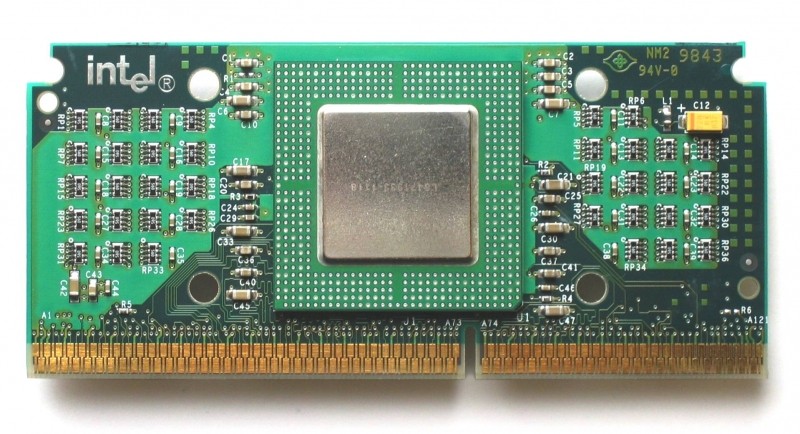I have clocked a few on that list, but I didn't see one of the very best values and that was the PIII 700E. I have never seen anybody that got a dud when it came to overclocking the 700E.
Almost all would do 1050mhz right out of the box without any heatsink mods. I have the Alpha P3 125S heatsink for slot one and with that and original Arctic Silver, I managed to run my PIII at 1136mhz...it would post at 1150, but would not load windows and at 35c temps were so low that if I could feed some more volts to it, I could probably squeeze a dew more megahertz out of it, but for a board/proc that is supposed to run at 100mhz natively pushing past 163mhz fsb is taking all your peripherals way beyond limits.
Before the PII and PIII days the biggest risk of overclocking was scrambling your harddrive, because they didn't like being pushed past 33mhz on the pci bus.
My fav's are Pentium OD @ 83mhz, DX4-75 @100, K5 133 @ 150, 700E @1136, and Q6600@3.0ghz...So many fond memories I had to join just to post a thank you for a trip down memory lane.
